This is a brief post on scientific calculators for computer users. It is partially a followup to the post Ten Great Quick Calculators for Computer Users and overlaps some of the content in this previous post.
A scientific calculator can quickly perform a range of operations and functions beyond basic arithmetic. All scientific calculators perform floating point arithmetic. Most scientific calculators have trigonometric functions, logarithm and power functions, hyperbolic functions, and the factorial. Most scientific calculators support scientific notation. Some scientific calculators can perform various more advanced mathematics such as calculus. In this post, we look at scientific calculator programs for computer users, primarily for performing quick scientific or engineering calculations while working on a computer.
(1) Microsoft Windows Calculator
Microsoft Windows comes with a built-in calculator utility that has a basic and a scientific mode.
The scientific calculator mode can be selected by selecting the Scientific Menu Item in the View Menu as shown below. The Windows Calculator from Microsoft Windows 7 Home Premium is shown.
(2) Macintosh OS X Calculator
Like Microsoft Windows, the Macintosh OS X operating system comes with a built-in calculator with a scientific calculator mode.
The scientific calculator can be selected by selecting the Scientific menu item in the View pulldown menu as shown below.
(3) Unix/X Window System xcalc Utility
The X Window System comes with a scientific calculator xcalc. xcalc emulates the Texas Instruments TI-30 scientific calculator by default.
xcalc -rpn
launches xcalc emulating the classic Hewlett-Packard HP-10C scientific calculator.
(4) Google
The Google search box has been able to evaluate mathematical expressions for years. It has the capabilities of a scientific calculator. In the last few weeks, Google modified its search interface to display a scientific calculator when a scientific mathematical expression is entered.
(5) Wolfram Alpha
Wolfram Alpha has extensive scientific calculator functionality and much more.
(6) iPhone (IOS)
The iPhone calculator utility morphs into a scientific calculator when you hold the iPhone in landscape (not portrait) mode. Note that when the iPhone is held in portrait mode (long side vertical/short side horizontal) the iPhone Calculator is a basic arithmetic calculator.
(7) GNU Emacs Text Editor
The widely used and widely available GNU Emacs text editor has both a sophisticated calculator mode with a significant learning curve and an easy-to-use quick calculator command. This calculator has extensive scientific calculator functions bordering on a poor man’s MATLAB.
M-x quick-calc a (op) b
In most versions of GNU Emacs, the result of the quick calculation is placed in the Emacs “kill ring” and can be then pasted into the current edit buffer by using Ctrl-y (“yank”).
The picture below shows the GNU Emacs calculator computing the sin(2.1*3.1) below. Note that the GNU Emacs calculator defaults to degrees rather than radians (Google, Wolfram Alpha) so the result differs from the result computed by Google and Wolfram Alpha.
The GNU Emacs calculator has an extensive user manual.
Conclusion
This brief post has presented seven scientific calculators for computer users:
-
The Microsoft Windows Calculator
-
The Mac OS X Calculator
-
The Unix/X Window System xcalc Utility
-
Google
-
Wolfram Alpha
-
The iPhone Calculator
-
The GNU Emacs Calculator
© 2012 John F. McGowan
About the Author
John F. McGowan, Ph.D. solves problems using mathematics and mathematical software, including developing video compression and speech recognition technologies. He has extensive experience developing software in C, C++, Visual Basic, Mathematica, MATLAB, and many other programming languages. He is probably best known for his AVI Overview, an Internet FAQ (Frequently Asked Questions) on the Microsoft AVI (Audio Video Interleave) file format. He has worked as a contractor at NASA Ames Research Center involved in the research and development of image and video processing algorithms and technology. He has published articles on the origin and evolution of life, the exploration of Mars (anticipating the discovery of methane on Mars), and cheap access to space. He has a Ph.D. in physics from the University of Illinois at Urbana-Champaign and a B.S. in physics from the California Institute of Technology (Caltech). He can be reached at jmcgowan11@earthlink.net.
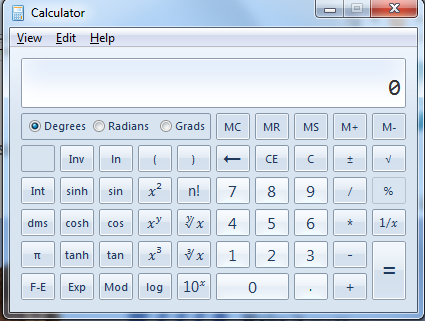
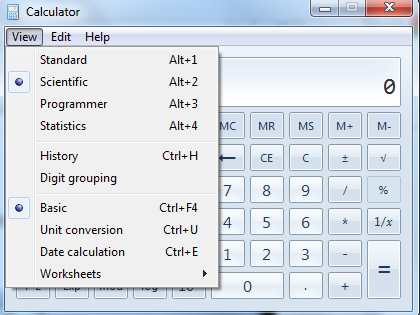
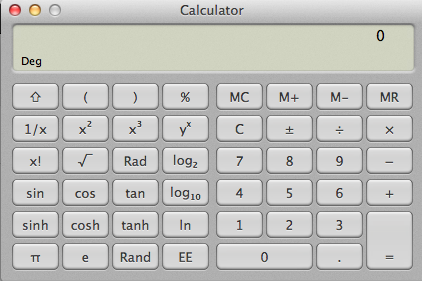


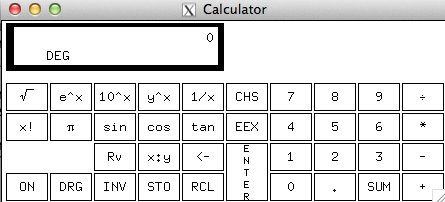
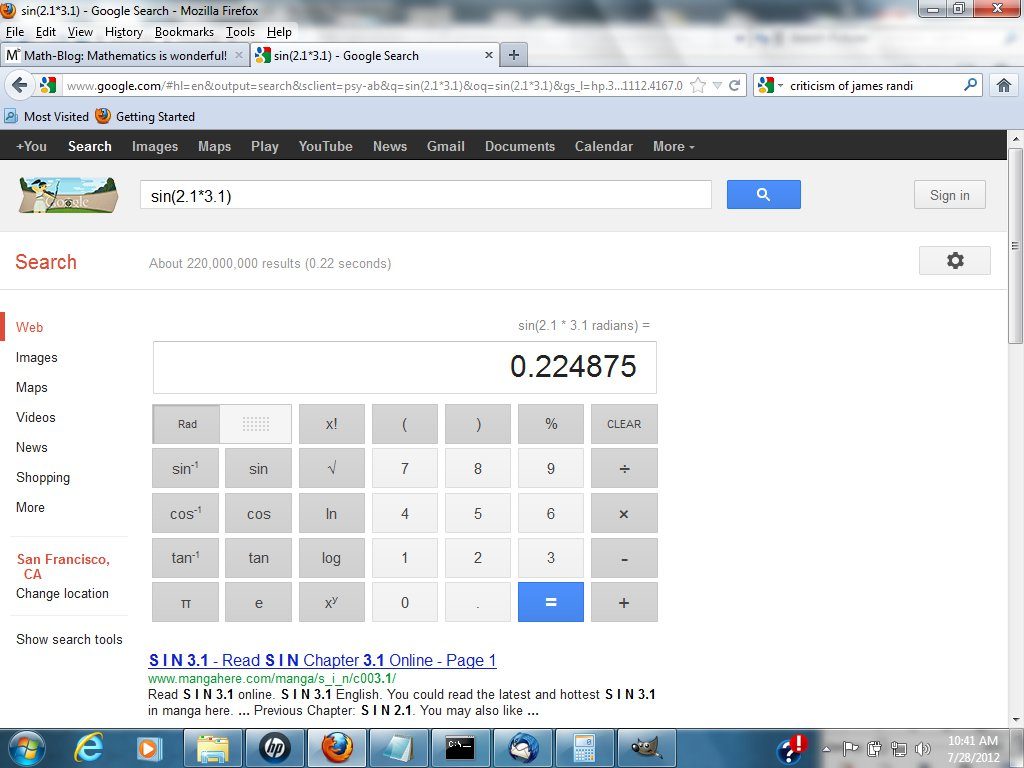





SpeedCrunch is a great cross-platform calculator.
Why we are forbidden Mathematica on a Blackberry in full color has always blown my mind.
I think we get the point we are to be hobbled despicably in every effort to make our educational garden grow.
Microsoft Mathematics 4.0 is a free scientific calculator that also does graphing and some symbolic operations.
Download at
https://www.microsoft.com/en-us/download/details.aspx?id=15702
Two factors that need to be considered when
switching between different calculators is
the order in which data must be entered.
For example to find sin30, in some we must fist type in sin then 30 in some others 30 then sin or where we need to use brackets is different in different calculators.
please give idea to use scientific calculator as frequent as physical calculator and my mail id is anchor.hari@gmail.com please give me more details
I have noticed that too.Why I do not know, one of life’s little mysteries
Pondero Toronto
Alpha is a numeric data evaluation / search engine (How many Americans are adults?) and algebraic solver (Derivative of …..) above mere calculator functions.